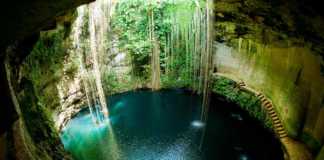Valle de Bravo is one of nine Pueblo Magicos (Magic Towns) in the state of Mexico. Pueblo Magicos are unique towns that achieve a ‘magical’ status assigned by the Mexican government because the town is amazingly beautiful, has some historical significance or offers a glimpse of authentic Mexican culture.
Valle de Bravo achieves its ‘magical’ status with all three. Originally named Pameje, a Mazahuan word, the centre of this town contains beautiful, colonial architecture dating back to the 16th century. The cobblestoned streets wind between old buildings and churches, parks and markets. This town rests along the shore of beautiful Lake Avándaro.
Contents
Valle de Bravo
What Is Valle de Bravo Famous For?
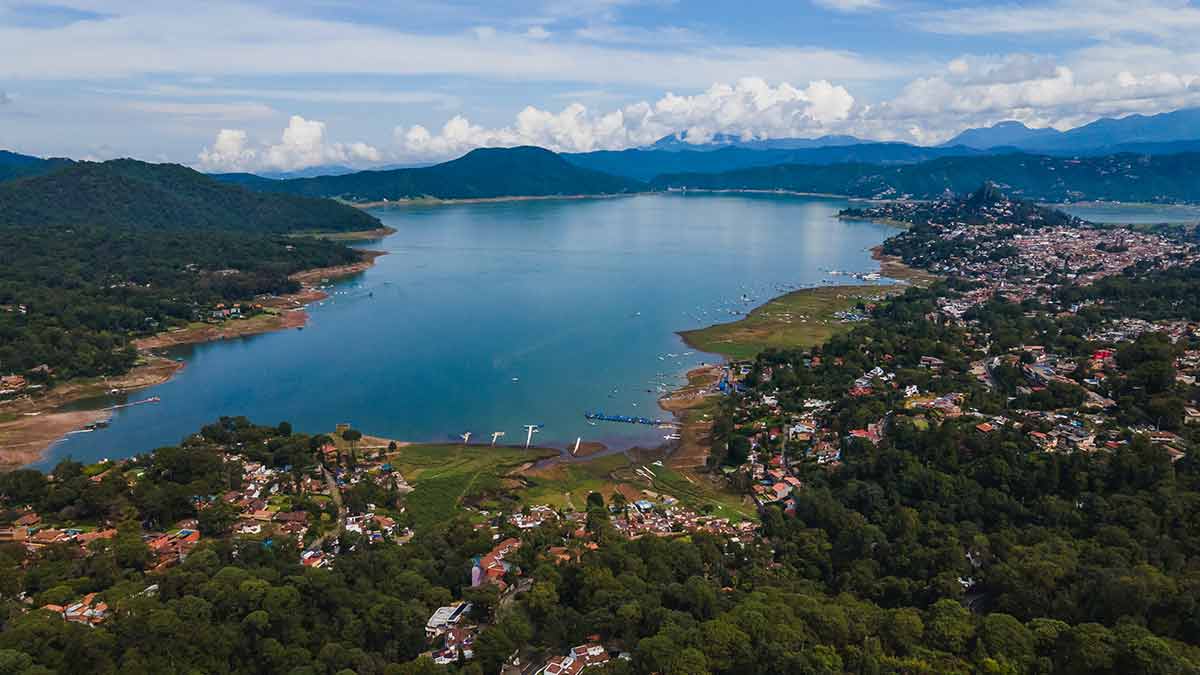
Lake Avándaro in Valle de Bravo is a relatively new lake.
Before 1955, the land that is now underwater was a fertile agricultural valley for hundreds of years, supporting the indigenous Mazahuan people that populated this area.
However, as Mexico City grew larger, the government decided to flood the valley to provide more power to its people.
As a result, this lake is now a popular recreational and fishing area in the region.
In addition, more than 40 sailing or boating clubs participate in regattas on the lake annually.
Valle de Bravo became internationally famous in 1960 when it hosted the Avándaro Circuit car event.
Over a decade later, in 1971, the Avándaro Rock and Wheels Festival, a huge concert often referred to as the “Woodstock of Mexico”, also drew in visitors from all over the world.
For all of these reasons and more, Valle de Bravo officially achieved Pueblo Magico status in 2005.
Where is Valle de Bravo?
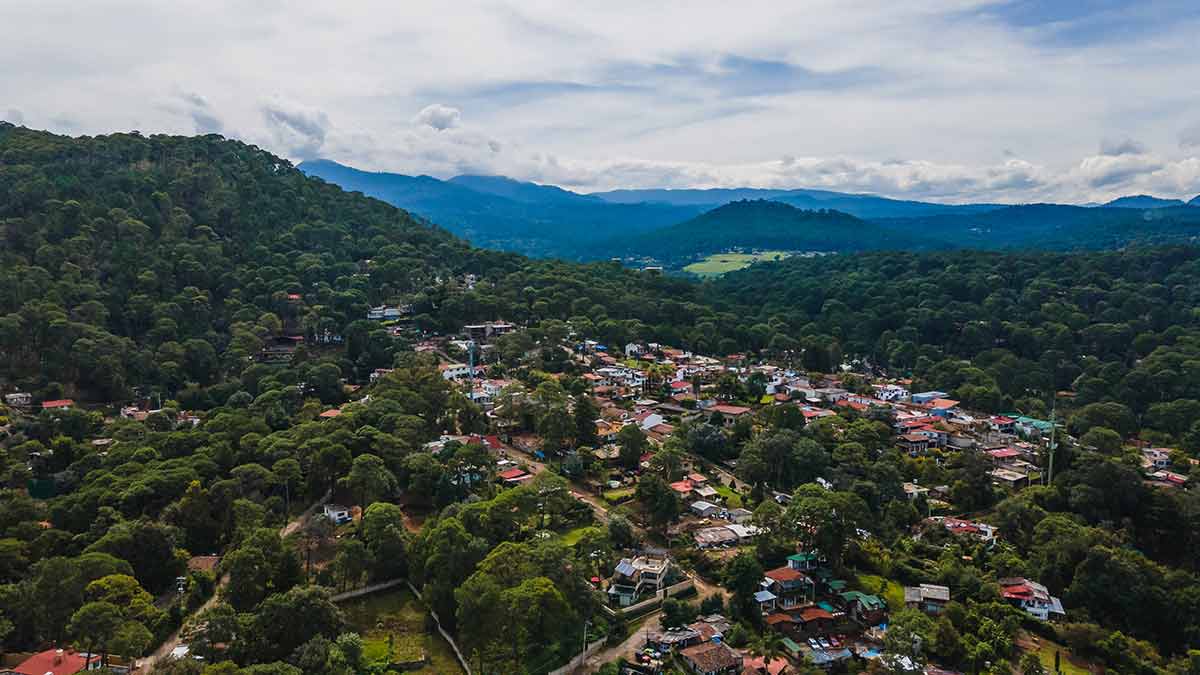
Valle de Bravo is in the state of Mexico, 146 km (90 miles) west of Mexico City.
By road, it’s about 2 hours and 30 minutes to Valle de Bravo from Mexico City and 3 hours and 30 minutes from Queretaro.
How do I get to Valle de Bravo?
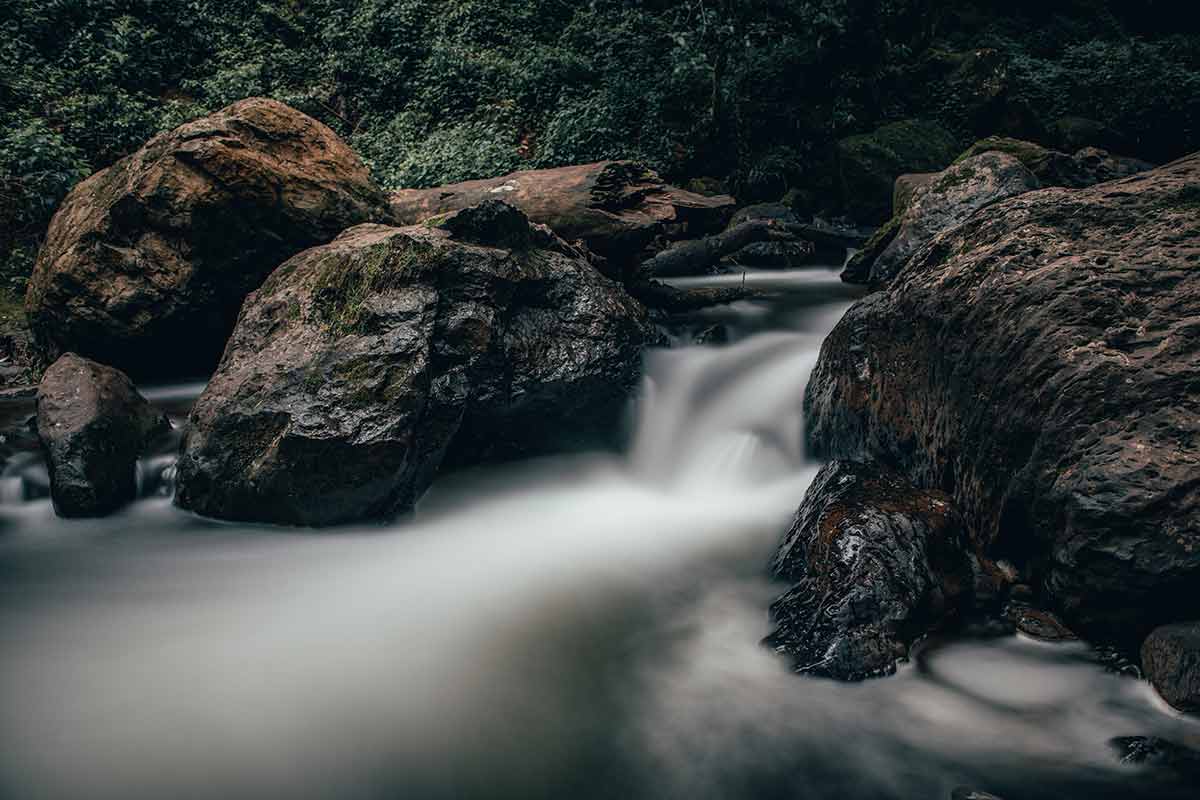
From Mexico City International Airport
The Mexico City International Airport is the closest airport to Valle de Bravo.
Once visitors are in Mexico City, four options exist for travelling the 146 km (90 miles) to Valle de Bravo.
Option 1 – By Bus (cheapest option)
Take a bus from the airport to Reforma, walk to the nearest subway station (approximately 1.5 km away), and ride the train to the Observatorio station.
At this stop, there is a bus station, Mexico Poniente, where a bus leaves from Mexico City to Valle de Bravo, four times a day.
The bus is the least expensive option and subway schedules are posted online.
Option 2 – Shuttle Bus (most expensive option)
A shuttle bus picks up visitors directly from the airport and transports them to Valle de Bravo. This is the most expensive option.
Option 3 – Car or Taxi
Other mid-range-priced options that fall somewhere between the cost of the bus and shuttle include renting a car from the airport or taking a taxi.
Option 4 – Tour
Tour operators who service the Mexico City region may include transportation to and from the airport as part of their tour package.
These tour packages may include other destination options in addition to Valle de Bravo.
Customisable tours are available from Mexico City for day trips to Valle de Bravo for visitors who only wish to spend a day in Valle de Bravo.
From Querétaro Intercontinental Airport
Querétaro Intercontinental Airport is only 158 km (98 miles) from Valle de Bravo.
Buses travel from Querétaro to Valle de Bravo, but not directly, either stopping in Mexico City or Toluca first.
These bus trips are the cheapest options, but it would take more than six hours to travel to Valle de Bravo.
The fastest option for travelling from Querétaro to Valle de Bravo would be to rent a car or jump in a taxi but both options are more expensive than taking a bus.
Other Airports
Visitors can also get to Valle de Bravo by flying into the small airport in Toluca (61 km/38 miles away) or the small airport in Morelia (118 km/73 miles away).
A bus from the Toluca airport will travel east to the Mexico Poniente stop before travelling west to Valle de Bravo, making the bus trip four hours long.
Driving by taxi or rental car from Toluca’s airport takes one hour.
The bus travels through Toluca to Valle de Bravo from Morelia’s airport and takes more than five hours.
Driving by taxi or car rental from Morelia is more expensive but is only a three-hour trip.
For more adventures in Mexico, read:
- 20 Things To Do In Tijuana
- 20 Things To Do In Merida
- 20 Things To Do In Ensenada
- 20 Tulum Day Trips
- Where To Stay In Tulum
- 20 Amazing Tulum Resorts
- 20 National Parks In Mexico
- 20 Day Trips From Mexico City
- 20 Day Trips From Cancun
- 20 Things To Do In Cancun With Kids
- 20 Things To Do In Mexico City At Night
- 20 Things To Do In La Paz
- 20 Things To Do In Monterrey Mexico
- 20 Things To Do In Acapulco
- 20 Things To Do In Chihuahua
- 20 Things To Do In Puerto Vallarta
- 20 Things To Do In Oaxaca
- 32 States In Mexico
- 20 Cities In Mexico
- 20 Islands In Mexico
- Where To Stay In Mexico City
- Everything You Need To Know About Lucha Libre (Mexican Wrestling)
- 15 Things Mexico Is Famous For
- 20 Overwater Bungalows and Beachfront Villas In Mexico
- 20 Famous Landmarks in Mexico
- 20 Best Beaches in Mexico
- 20 Ways To Spend Christmas in Mexico
- 10 Things To Do In Baja California
- The Wonder of Chichen Itza
- When Is The Best Time To Visit Mexico?
- A Guide To Las Grutas De Tolantongo
- A Guide To Valle De Bravo
- 20 Best Cenotes In Mexico
- 20 Interesting Mexican Traditions
- 20 Mayan Ruins In Mexico
- 20 Things To Do In Veracruz
- 25 Things To Do In Guadalajara
- 20 Mexican Cocktails and Drinks
- 20 Things To Do In Mazatlan
- 20 Things To Do In Cancun
- 20 Things To Do In Los Cabos
- 20 Things To Do In Nayarit
- 20 Things To Do In San Luis Potosi
- 20 Things To Do In Baja California Sur
- 20 Things To Do In Hidalgo
- 20 Things To Do In Guanajuato City
- 20 Things To Do In Zacatecas, Mexico
- 20 Things To Do In Huatalco, Mexico
- 20 Things To Do In Bacalar, Mexico
When to Visit Valle de Bravo
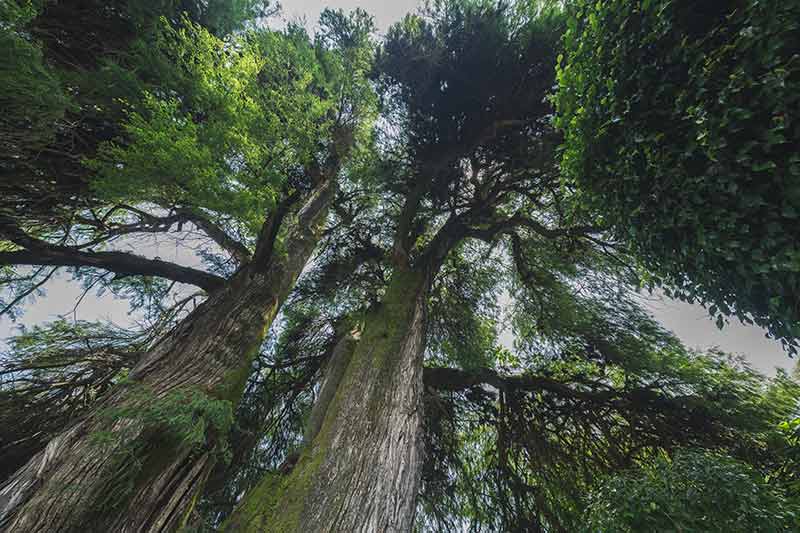
The climate in central Mexico does not fluctuate very much throughout the year.
Winters are generally cooler in the evenings than summers, but daytime temperatures are relatively stable year-round.
The most significant factor to consider when deciding when to visit is whether it is the rainy season or dry season.
The rainy season is usually between June and September, and sometimes it rains quite a lot.
The dry season between October and May is typically the best time to view the waterfalls that can be found in the Valle de Bravo region.
In addition, November to March is the best time to see the Monarch butterflies that travel to this region as part of their migration.
Visitors interested in seeing a traditional Mexican celebration may want to visit Valle de Bravo on May 3rd.
Every year, a religious pilgrimage is made to the Temple of the Lord of Santa Maria Ahuacatlan in Valle de Bravo, drawing thousands of people.
This famous festival celebrates the local miracle of the “Black Christ.”
Where to stay in Valle de Bravo?
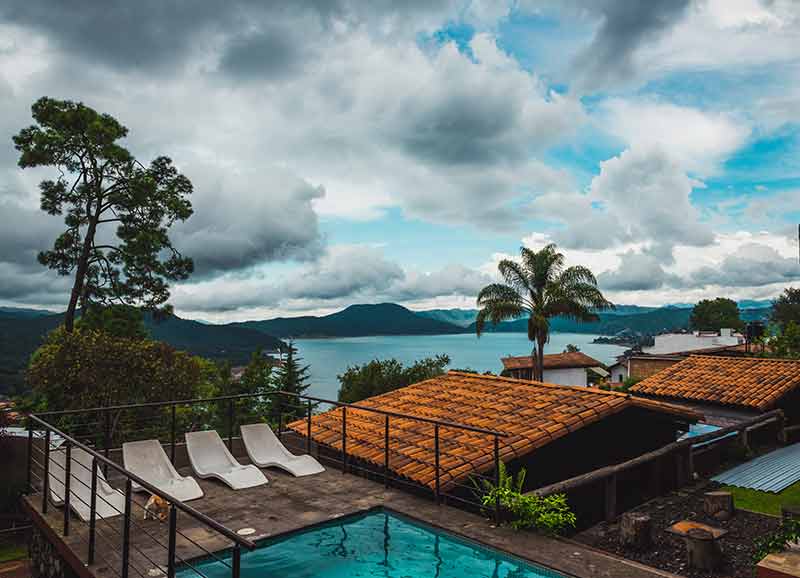
Many options for staying in Valle de Bravo exist, from fancy hotels to inexpensive hostels.
Depending on budget requirements and location preferences, travellers should find a place to stay that fits their needs.
A popular hotel in Valle de Bravo is Mision Grand Valle de Bravo because it sits next to the El Salto Waterfall.
Hotel Mesón de Leyendas is another popular hotel in Valle de Bravo because of its proximity to the artisanal market and the San Francisco de Asis Church.
A third hotel option is the Danzaluna Hotel located in the centre of town, overlooking the lake and a short walk to the town square.
Other options for overnight stays exist in Valle de Bravo outside of standard hotels.
Boutique hotels like Casa Arawi, which is central to many popular attractions in town, are scattered throughout Valle de Bravo.
In addition, hostels like Hostel el Alebrije, one of the least expensive places to stay but one of the most highly rated, offer cheaper rates than hotels and boutique hotels.
Things To Do In Valle de Bravo
1- Explore The Historic Centre
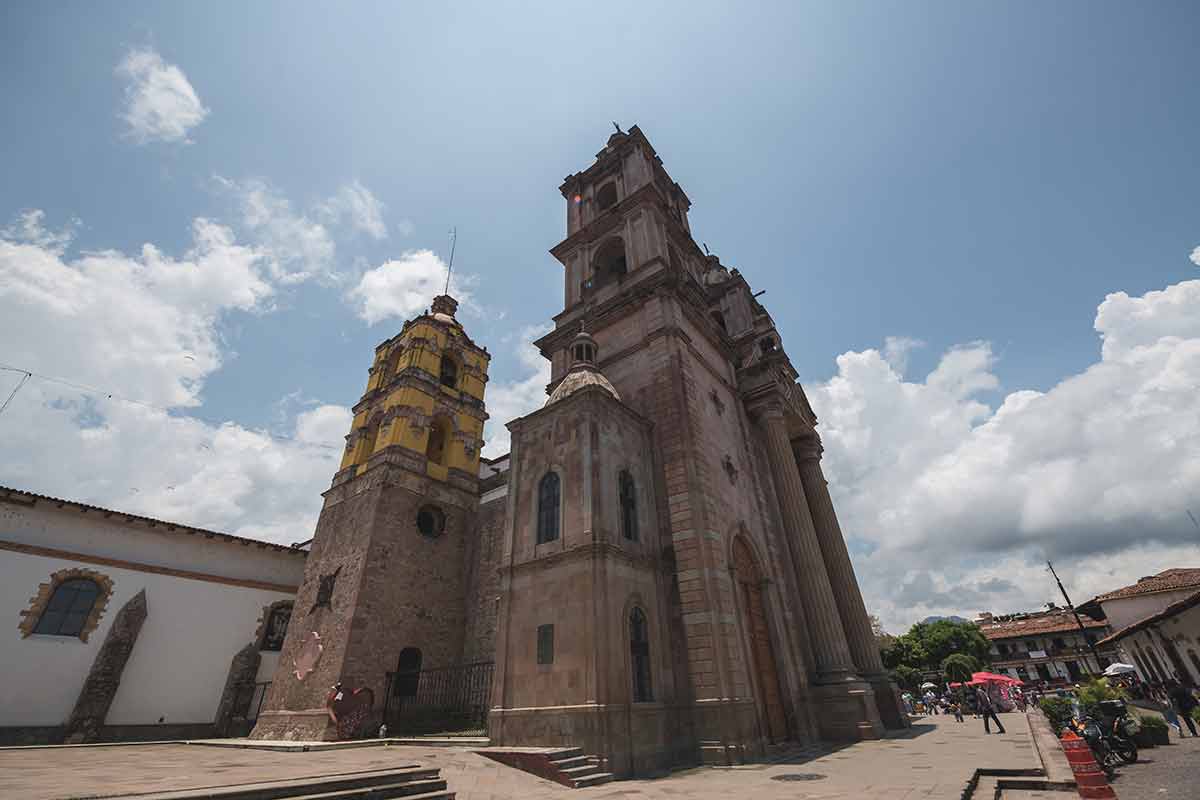
Valle de Bravo contains a beautiful, historic centre where cobblestoned streets and alleys wind between old buildings and even older churches.
A famous church is the Temple of the Lord of Santa Maria Ahuacatlan, home to a miraculous legend of the “Black Christ” and the site of one of the largest pilgrimages in Mexico each year on 3 May.
Another religious building that attracts visitors is the San Francisco de Asís, which is a 17th-century church that may be the tallest church in the state of Mexico.
The centre of Valle de Bravo is also home to an archaeological museum that contains artifacts collected from the 3000 archaeological sites in the state of Mexico.
Nearby, a sizeable artisanal market sells products from all over the central Mexico region, including clay pottery from Dolores Hidalgo, blown glass from Jalisco and wrought iron or woven garments crafted by locals of Mazahuan descent.
2- Visit Lake Avandaro
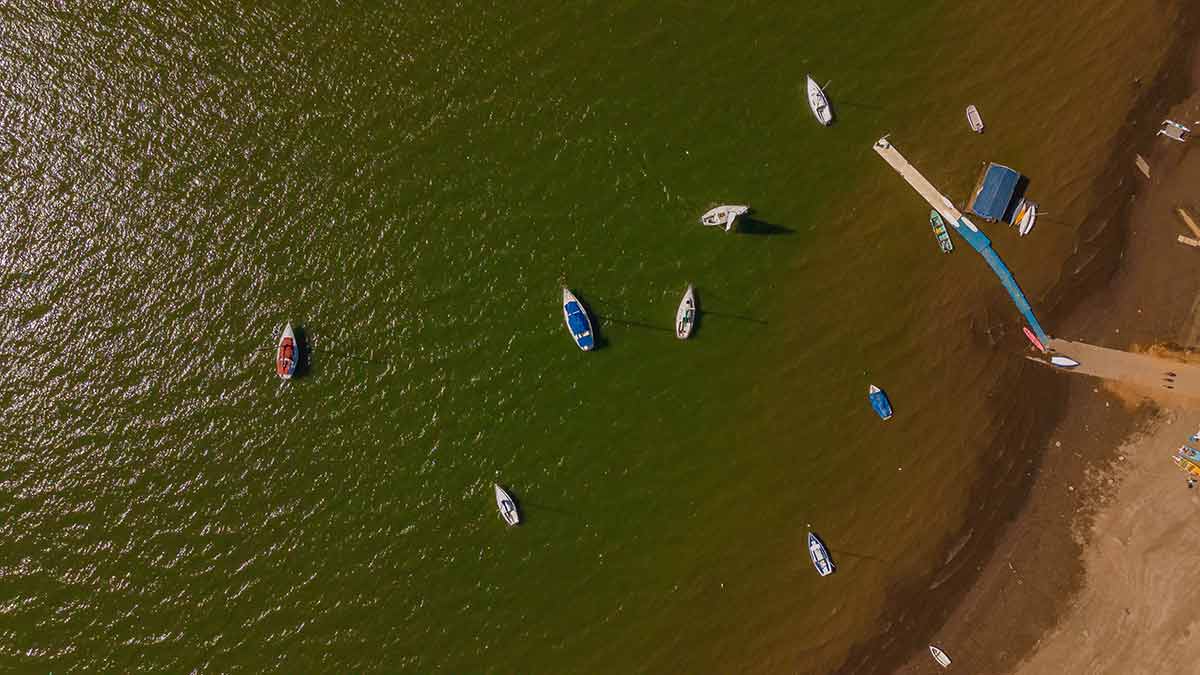
Travellers who visit Valle de Bravo often do so because of the many activities available on Lake Avándaro.
For active and adventurous visitors, kayaking, paragliding, water skiing, water tubing, and sailing are available year-round.
Less active adventurers can book a trip on a catamaran or sailboat and travel around the lake, eating, drinking and listening to live music.
Sunset boat cruises are also an excellent way to spend time on the lake.
The pier on Lake Avándaro is a popular place to hang out, with restaurants lining the boardwalk and, on weekends, artists and other vendors set up tables with items for sale.
3- Explore Monte Alto Ecological Reserve
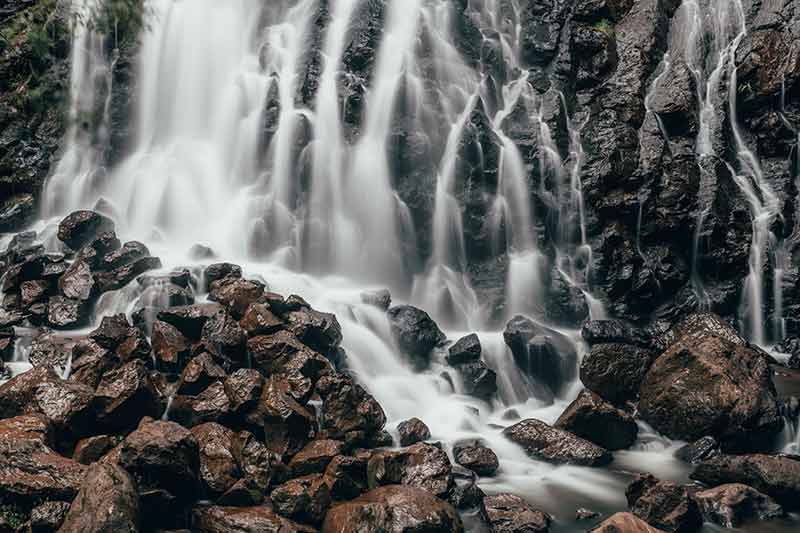
Valle de Bravo is close to some forests and state parks.
The Monte Alto Ecological Reserve is a popular place for adventurers to participate in extreme sports such as horseback riding, mountain biking, riding off-road vehicles and go-karts, and paintballing.
For visitors who want to sleep out in the wilderness, cabins and houses are available for rent within Monte Alto.
4- Go Hiking
Several hikes are available in and around Valle de Bravo.
In addition to hiking trails in Monte Alto Park, a hike from the centre of Valle de Bravo to the Mirador La Peña offers spectacular views of Lake Avándaro and the town.
Short hikes to El Salto Waterfall and the Bridal Veil Waterfall are within a short drive or taxi ride from the town centre.
5- Visit A Monarch Butterfly Sanctuary
One of the biggest draws to Valle de Bravo is the town’s proximity to the El Capulín and Piedra Herrada Monarch Butterfly Sanctuaries located in the state of Mexico.
Visitors can see butterflies between November and April, but the best time is from December to March.
Monarch Butterflies congregate in these reserves that their combined weight pushes down the branches of the trees on which they rest.
6- Relax At the Stupa for World Peace
A unique site in Valle de Bravo is one of the oldest and largest Tibetan Buddhist memorials in the western hemisphere, the Stupa for World Peace.
It is a peaceful spot for quiet meditation with prayer flags hanging from the trees.
This tranquil temple contains Buddhist relics and is an important place for Buddhists.
Food In Valle de Bravo
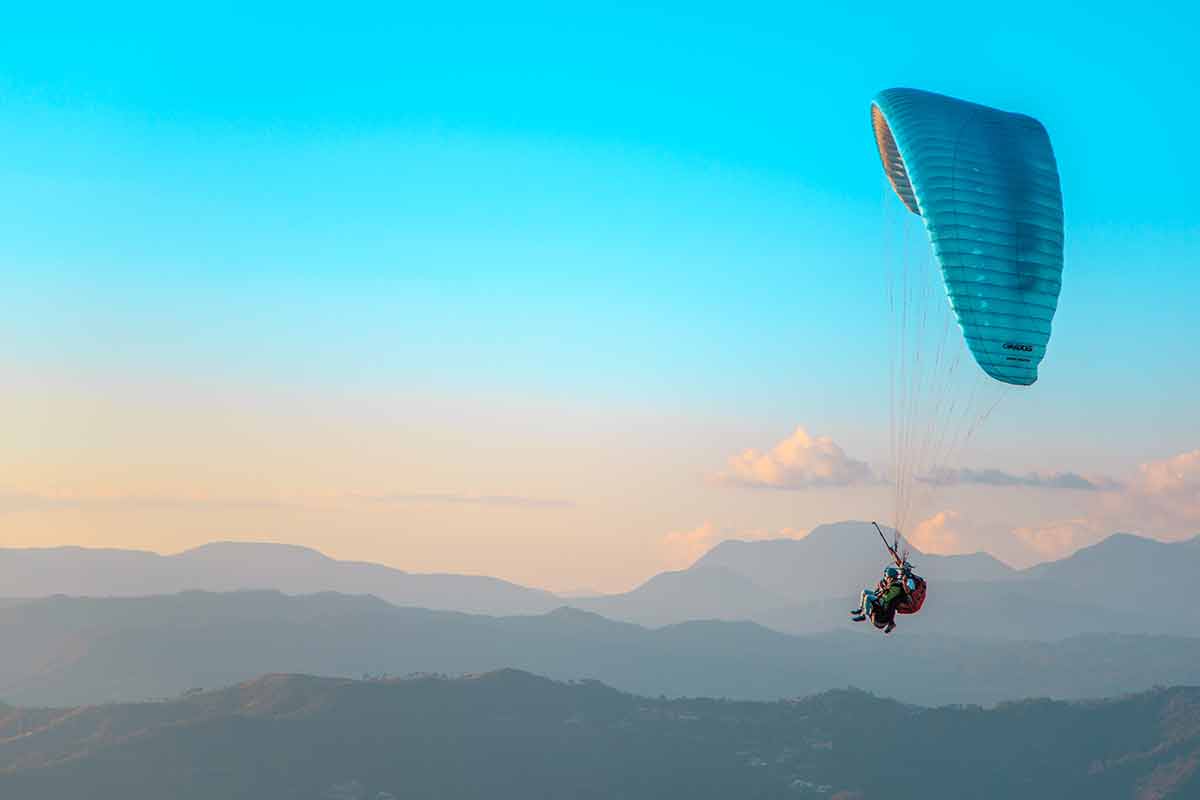
Some popular, well-known dishes from Valle de Bravo include baked or grilled rainbow trout, mole, barbecue, and tamales containing various fillings.
Anyone visiting Mexico with a sweet tooth should try freshly made and warm churros.
Popular regional drinks in Valle de Bravo are pulque, an alcoholic beverage made from fermented maguey syrup, and zende, a fermented drink similar to pulque used during traditional ceremonies.
Sambumbia is a drink made from cane juice and water. Atole is a traditional warm beverage thickened with cornflour, sweetened with piloncillo and flavoured with various fruit.
You will also find excellent restaurants in Valle de Bravo serving various international culinary fare prepared with locally-sourced produce and meats.
When visiting Valle de Bravo, keep in mind meal times may be different to what you might be used to at home. You may want to avoid the busy periods in restaurants.
Breakfast does not usually start until after 9 am and the largest meal of the day is around 2 pm, usually referred to as La Comida. Dinner is typically a small meal eaten around 7 or 8 pm.
One thing for non-Mexican visitors to realise is that servers do not constantly check on your table in sit-down restaurants, so don’t wait politely for your waiter or waitress to approach your table. If there’s something you need, flag them down.
Altitud 1700, Italik Cafe and El Punto are highly recommended restaurants for breakfast. If you’re an early bird, Altitud 1700 (opens at 8 am) is one of the earliest in the city to open.
You can find some Valle de Bravo restaurants in interesting places, such as Los Pericos, a floating restaurant on Lake Avándaro.
The Mision Grand Valle de Bravo Hotel restaurant overlooks the scenic El Salto Waterfall.
The view of Lake Avándaro from La Cocina de 5 combined with an excellent menu make this restaurant a top spot for a meal.
Plan Your Trip

Rent A Car – Find the best car rental rates at Discover Cars. They compare car hire companies to provide you with the best deal right now.

Find A Hotel – If you’re curious about this article and are looking for somewhere to stay, take a look at these amazing hotels.
